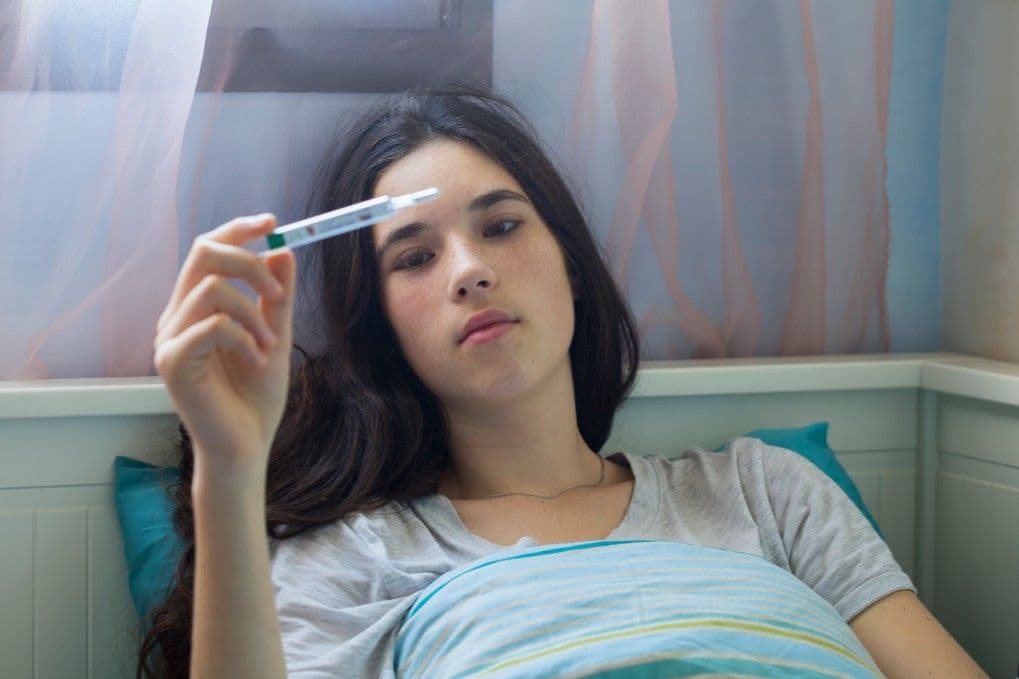Very Rare “Mono Mono” Twins — 2 Sets, 1 Hospital, 1 Week
Pregnancy News
Obie Editorial Team

Anyone plugged into the online world of babies has probably heard about the twin girls born holding hands. Their adorable photo went viral before the girls were a week old but there are other reasons these girls had a headline-grabbing birth: they are a very rare type of twin, representing just 1% of all twin births and about one of every 10,000 total births.
Photos of the hand-holding newborns were still in circulation when an exceptionally unusual event occurred at the Akron General Medical Center in Ohio, where the twins were born — a second set of mono mono twins was born. To have two sets of mono mono twins born in one hospital in one week is “almost a statistical impossibility,” according to the Akron Children’s Hospital, where all four baby girls are said to be thriving.
Mono Mono Twins
Both sets of twins — all girls — are monoamniotic (“mono mono”) twins, conceived of a single egg and sperm to produce identical twins. These girls are much rarer than most identical twins, however. They developed in just one shared amniotic sac and were nourished by one placenta. During more common twin development, fraternal or identical, each twin has its own amniotic sac and placenta.
Mono mono pregnancies can be detected early via ultrasound scans and require close monitoring throughout the pregnancy. Two babies growing in one sac soon find themselves in a tight squeeze. Their shared umbilical cord can become entangled with them or compressed so tightly the twins’ blood supply is stopped. The risk of fetal death in a mono mono pregnancy is 50%.
One mother spent two months in bed at the Akron hospital so her very high-risk pregnancy could be monitored at all times. The other mother did the same for one month. Every move of the mother could affect her babies and fetal monitors signaled nurses to come confirm two fetal heartbeats when their moms shifted position. Both pregnancies progressed without incident until the babies were old enough to be born via C-section.
Jenna and Jillian Thistlethwaite
The Thistlethwaite girls — Jenna and Jillian — came first on May 9, holding hands, just days before Mother’s Day, bringing double the love to their mother, a middle-school math-teacher named Sarah. The girls‘ birth is all about numbers, including the rare statistics. Sarah entered the hospital for round-the-clock fetal monitoring on March 14, Pi Day, a day celebrated by math enthusiasts everywhere.
Once they weighed about 6 pounds each, the girls were released from neonatal care just in time to celebrate Father’s Day at home with their dad, Bill, and big brother, Jaxon, who is 15 months old.
Sarah expects to keep track of which daughter is which by painting their toenails different colors.
JaNiya and Amaya McCail
On May 15, Amanda Arnold gave birth to JaNiya Valerie and Maya Lorraine McCail, Akron’s second set of mono mono twin girls. Dr. John Stewart, director of maternal-fetal medicine at the Akron hospital, describes the McCail twins’ birth as “probably in the order of one in a million to one in 10 million.”
The girls’ middle names honor their grandmothers. Their delivery due date was chosen to honor Valerie, mother of the girls’ father, (Big) James McCail. Valerie passed away 3 years to the day the girls were born. Amaya Lorraine bears the name of their maternal grandmother.
Like the Thistlethwaite girls, the McCail girls have an excited big brother waiting at home, too. Little James McCail is five years old and has been begging for siblings for years.
Sources:
- Schueler, Laurie. “Middle school math teacher experiences love squared this Mother’s Day with mono mono twins (photo gallery).” Inside Children’s. Akron Children’s Hospital. May 10, 2014. Web. Jun 10, 2014.
- Schueler, Laurie. “Akron Children’s cares for second set of mono mono twins in same week.” Inside Children’s. Akron Children’s Hospital. May 16, 2014. Web. Jun 10, 2014.
Read More








